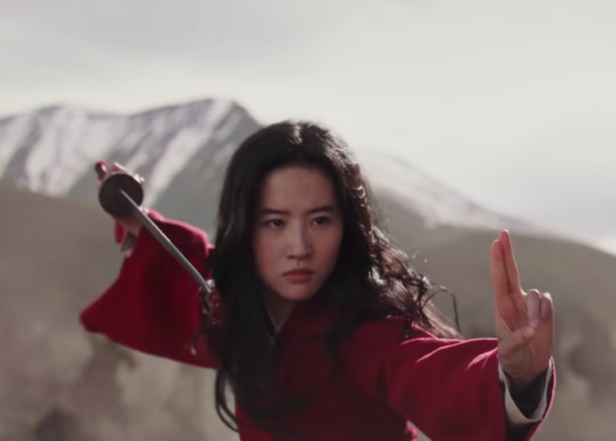

This specific look carried over to all areas of the film, including the visual effects of a stunning avalanche sequence, brought to life by blending computer-generated imagery with hand drawings. “When you look at the first watercolor paintings that he did for Bambi, they look completely like Chinese artwork.” “The style of Bambi was developed by an artist named Tyrus Wong, who is Chinese,” noted Bacher. To bring this simple, uncluttered style to the screen, the Disney artists looked to Chinese art and the studio’s classic Bambi (1942). We wanted to create a stage for the characters.” “We didn’t want to overload the backgrounds with too much information. “It describes what everybody wanted,” said the film’s production designer, Hans Bacher, in a 1998 interview.

“Poetic Simplicity” is how Thomas Schumacher, then Executive Vice President of Disney Feature Animation, described what the film should look like. Mulan and the other soldiers are led into battle against the imposing villain, Shan-Yu, leader of the Huns, in some of the film’s impressive and epic sequences that showcase the distinctive look of Mulan. Guiding Mulan is the fast-talking “travel-sized” dragon, Mushu, assigned to her by her Ancestors, and Cri-Kee, the lucky cricket, bequeathed to her by her grandmother. This includes a group of rag-tag recruits, Chien-Po, Ling, and Yao, each with unique personality dysfunctions, as well as their leader, Captain Shang. Set 2,000 years ago in China, the film tells the tale of a young woman, Fa Mulan, who, to save and bring honor to her father and her family, dons the disguise of a Chinese soldier, and runs away to join the army, in answer to the Emperor’s draft notice.Īdopting the name “Ping,” she must convince the other soldiers that she is a man.

This is just part of why, twenty-five years later, Mulan is still remembered as a watershed moment of Disney’s 1990s animation renaissance. “You succeed in life by figuring out who you are and being true to that and not being true to what someone expects from you or tells you to do.” “The overriding theme, as Shakespeare would put it is be true to yourself,” she said. Just before the film’s release, Mulan’s producer Pam Coats noted that even though it is from a specific culture and a particular time, the messages are universal, like all great stories. Disney’s 36th animated feature, Mulan, is based on a legendary Chinese folk tale that dates back to somewhere in the 4th century but still feels like a story for our times.


 0 kommentar(er)
0 kommentar(er)
